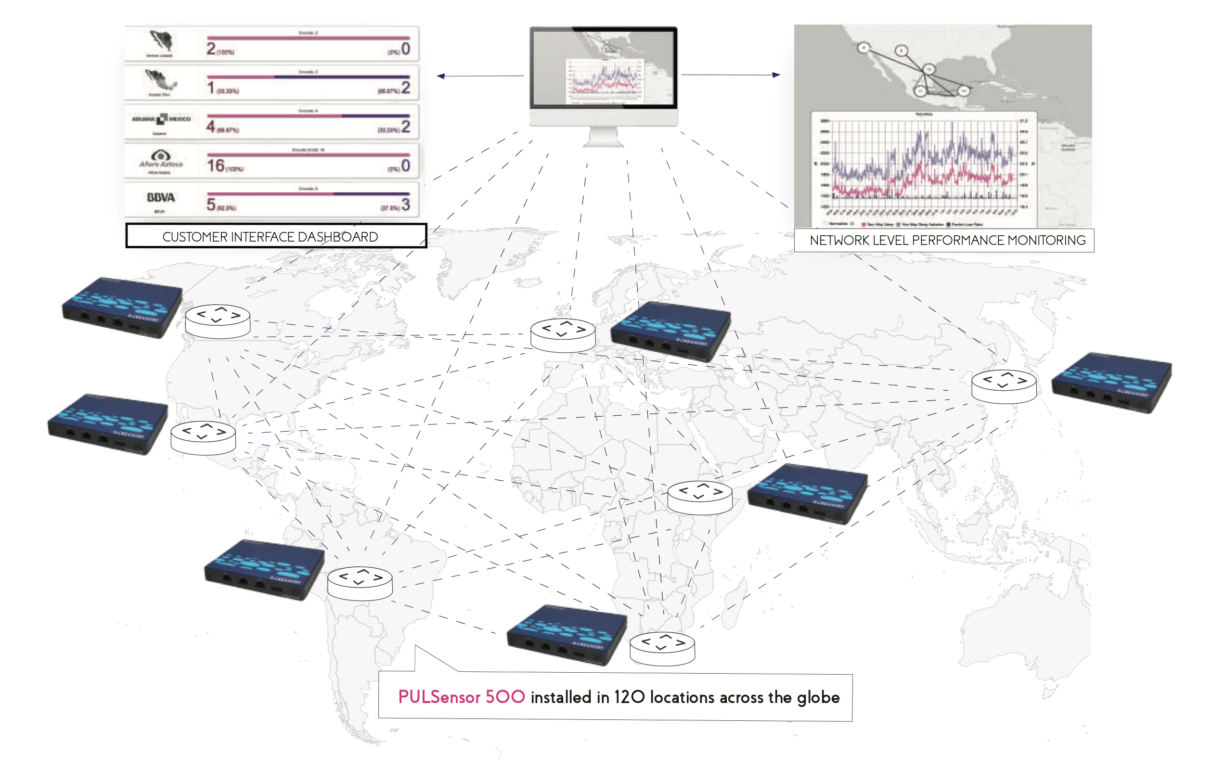A few points to consider for shadow router replacement projects

Shadow router replacement at any Communications Service Provider (CSP) is typically a bigger undertaking that costs money, time, and resources accordingly. When facing a replacement project, it is worthwhile to consider some alternative options than your most obvious one to keep doing the same thing as in the past, using the same methods and vendor.
What’s a shadow router and why
A shadow router is a router dedicated to SLA measurements in a service provider’s Points of Presence (POP). Deploying shadow routers enables PE to PE or PE to CE connectivity performance metrics to be gathered. According to router vendors, use of dedicated routers for the purpose is recommended due to the following reasons:
- Dedicated router will offload the resource utilization away from production router
- Dedicated router can be independently managed without impact on network traffic
- Granting read-write access to a dedicated router will be a lesser security risk compared to enabling read-write access to a production router carrying customer traffic
While it is easy to agree with the above points, there are also some additional, and perhaps more meaningful, challenges to consider
Real challenges of using shadow routers for SLA measurements
The device models that are proposed and used as shadow routers are typically from lower end, and still, well, just routers. This leads to some additional challenges at least in the areas of accuracy, cost, and scalability
Accuracy: in lower end models, functions like SLA measurements are by norm not implemented by hardware, meaning that the measurement results will be offset and suffer by inaccuracies of running them by software. In other words, measurement results are not accurate enough to find issues present in modern networks with a variety of different classes of service that have varying performance requirements.
Cost: the shadow routers are still routers that have also other components and functions that are not necessary for SLA measurements. As they are not optimized for SLA measurements, they are more expensive for the task than purpose-built devices.
Scalability: as the shadow routers are not engineered for SLA measurements, also their scalability will rather easily become a challenge. In a network of any CSP there can easily be dozens of POPs and having SLA measurements for multiple traffic classes between all of them leads to a big number of measurement packets, especially when Packets per Second (PPS) for each of the measurement gets higher. A typical requirement for monitoring 1G links is 1 packet per second, which is most probably not an issue. However, for monitoring 10G links the requirement is already 10 PPS, and for 100G links the requirement is already 100 PPS, and so on. In short, low-end router models positioned as shadow routers will not be able to handle the task.
A winning solution
A winning solution would preferably avoid all said technical challenges, and do it for lower cost.

The above picture depicts the high-level schema of the end-result of a Tier 1 operator that replaced a router in-built SLA measurement solution in a global network of 120 POPs. Instead of replacing the old shadow routers in all the POPs with newer versions of the same they were replaced by purpose-built and ideally sized SLA probes, along with the accompanying management and SLA reporting solution.
Experiences from past similar projects show that following tangible benefits can be gained:
- 10% better accuracy in reporting of average Latency
- 10 times better granularity in reporting of Packet Loss
- 70 times more accurate results in reporting of maximum Jitter
- 50% less cost compared to replacing with new shadow routers
An additional benefit of replacing shadow routers by a purpose-built platform is that it can then also be leveraged to cater for performance measurements of other network segments, such as measuring access to internet and services from all the probe locations, to mention just a couple of examples.
About Creanord
Creanord is a specialist in service assurance with more than 20 years of experience in developing solutions for network service providers. Creanord’s service assurance solutions enable accurate tracking of network and application quality and performance and the technology by today has been implemented in over 30 countries and more than 60 networks globally.
Find out more on how we can help you build outperforming networks by reaching out to us here.